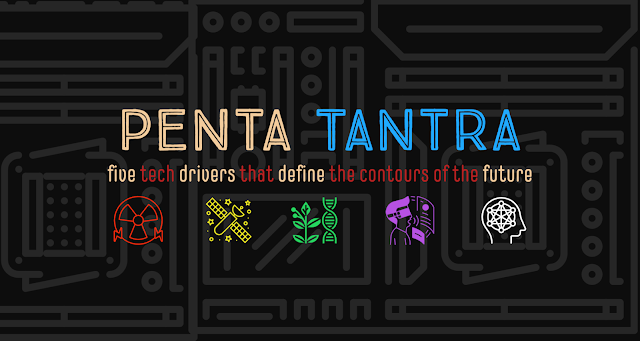Five Drivers of the emerging civilisation It is always fascinating to speculate on the contours of the future, but perhaps it is easier to do so in terms of what might actually shape it. Rather than trying to define where we want to go or determine how to go there, let us instead try to determine who, or what, our drivers are and let them lead us into whatever it is that awaits us in the years, and the road ahead. So sit back and take a ride through a thoughtscape delineated by nuclear energy, space travel, biohacks, the metaverse and artificial intelligence. A ride that ends with an unusual Indic twist in the tail or tale. Energy The first driver is energy which is what gives dynamism to an otherwise static universe. It is obviously a prime driver for the emergence of civilisation, which is why the discovery – and control – of fire was such an epochal event in the evolution of human society. Without access to substantial sources of energy, human society can only regress to...











